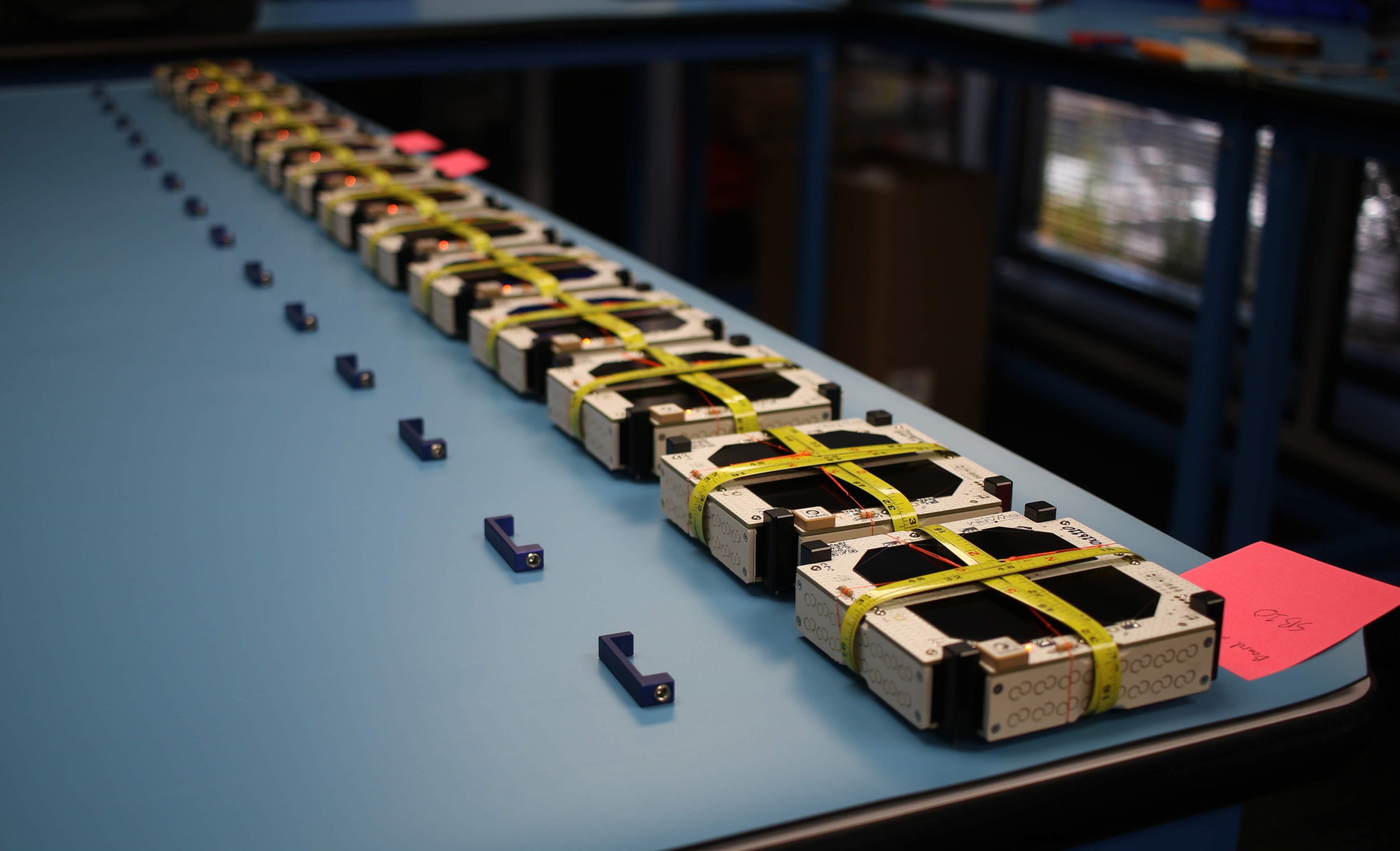Swarm’s brand-new network of satellites is planned to supply low-bandwidth, low-power connectivity to “Internet of Things” devices all over the world, and the company just revealed how much its technology will really cost. A $119 board will be sold to be integrated with new items, so while your home security cam will not get it, it may be invaluable for a clever beehive deep in an orchard or a wildlife monitoring platform deep in a national park.
The Swarm board has to do with the size of a pack of gum and provides a constant connection at the kind of information rate and power requirement that IoT gadgets require– which is to state, low. Things like barometric pressure displays, seismic activity detectors and cars that operate far from cellular coverage simply send and receive a handful of bytes now and then.
Connecting those to traditional geosynchronous satellite networks is possible, obviously, however likewise pricey, bulky and power-hungry. Swarm aims to use a comparable service for a tenth of the price; the business’s standard data plan provides as much as 750 packages monthly, with each package as much as 200 bytes. Not a lot, but it’s sufficient for numerous applications.
It is very important to keep costs down and connectivity up in growing industries like accuracy farming and wise maritime and logistics work. Being able to sign in per hour from throughout the world for 5 bucks a month is a no-brainer for lots of business that otherwise may have to go blind or pay quite a bit more for a standard satellite link.
It’s not just the Swarm chip that’s small– the satellites themselves are too. Much so that they brought in unwanted attention from the FCC, which fretted that the company’s “SpaceBEEs” were too small to be efficiently tracked from the ground. Fortunately, Swarm got that all cleared up in 2015 and sent its very first lots up previously this month.
Right now the business has 12 of a prepared 150 satellite constellation in orbit, so it’s still showing out its network with early gain access to and pilot tasks. That affects covered locations and traffic limitations, but the business anticipates the complete set to be in orbit by mid-2021
